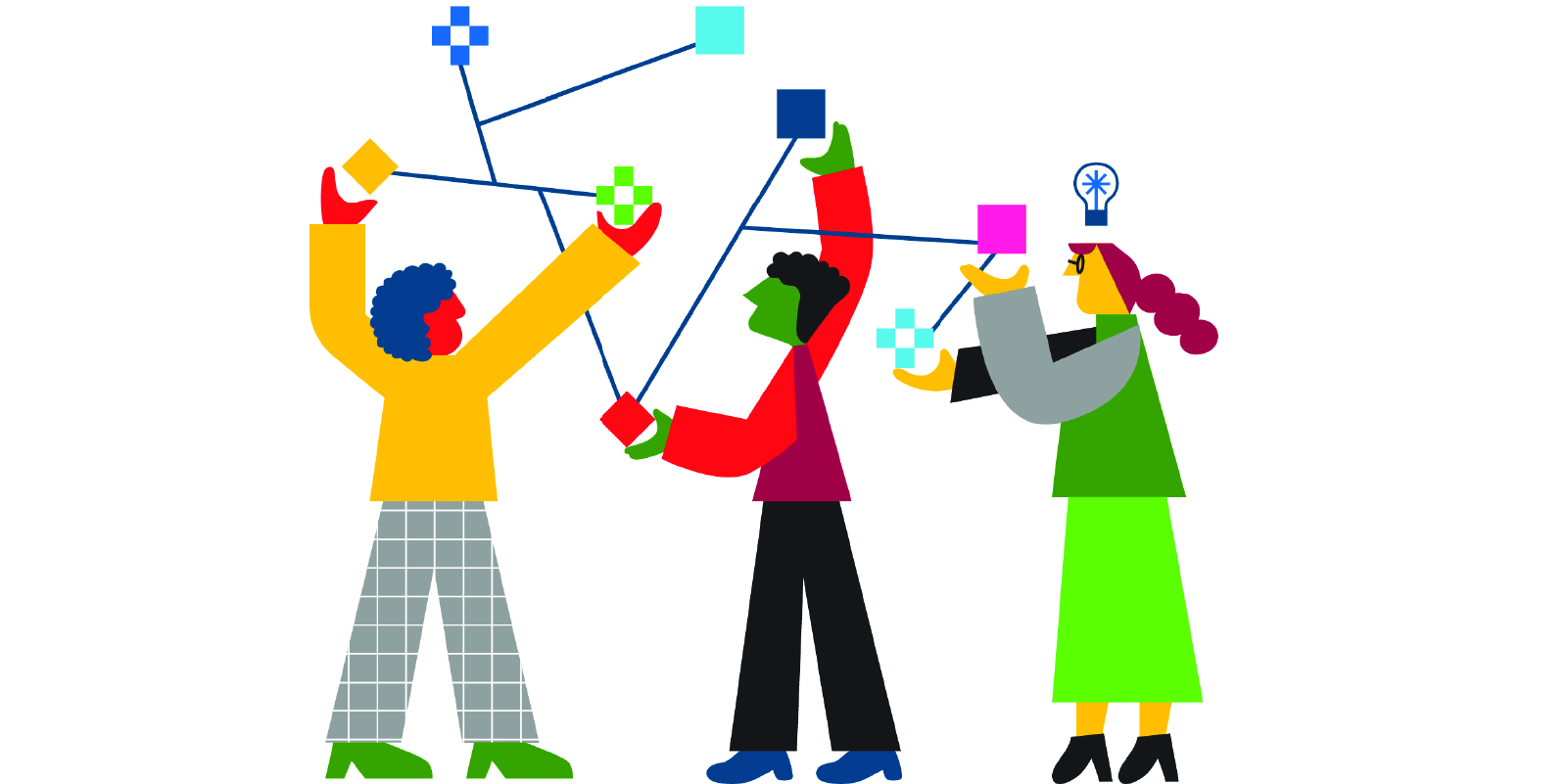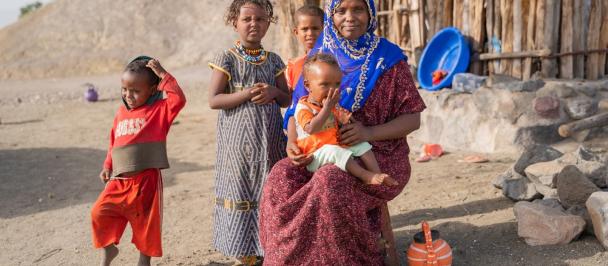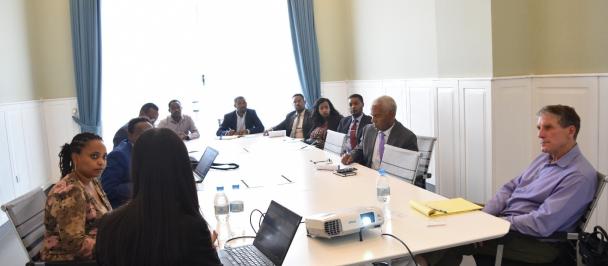A few months ago we started a journey with our office to learn how we create, exchange, and use knowledge internally as bases for collaboration and innovation. We wanted to sense the culture and scan the trends around knowledge creation (learning and innovating), knowledge sharing (networking) and knowledge usage(collaboration) to build an organizational culture that is fit to tackle the complex development challenges we face. We did this through a series of exercises to help us:
- Define what we mean by innovative, networked, and collaborative from the organization's perspective.
- Understand what these concepts look like in action, in terms of how we are or how we are not practising them currently.
- Identify tangible scenarios for testing and prototyping with the country office to create an innovative and collaborative working environment.
The exercises included a behavioural insight exercise on the current practices and the perceived value of knowledge by staff. We looked at additional data sources like the general staff survey and blog engagement data to get a broader and more accurate picture of the practice on the ground. We used scenario planning and desired futures with the team leader and portfolio manager to understand how they envision their teams working the new connected way, what needs to change about the way we work now and what needs to stay. This exercise helped us identify pathways to solutions we can test to get to a more innovative and collaborative working environment.
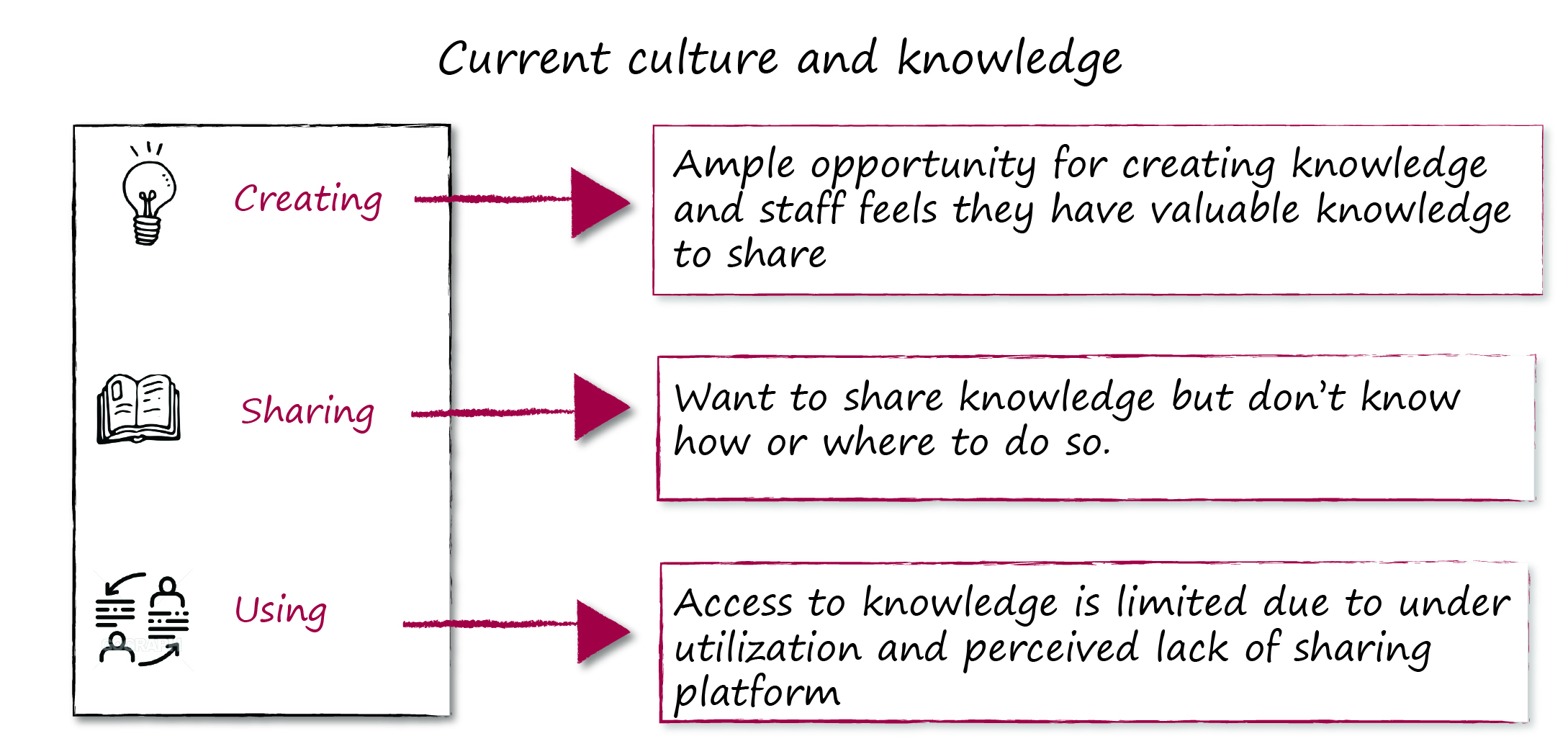
The current culture
We looked at an existing staff perception survey to understand the innovation and collaboration culture in the office.
We found out that the value of innovation is understood, but there are challenges to bringing it into practice, such as being risk-averse, fear of failure, and not feeling empowered to try new ways of working.
The staff expressed that adapting to new ways of working was not easy, but we are getting better at being open to ideas, and there is also good collaboration and teamwork in general.
However, one point that resonated with us was that they felt that having access to knowledge and expertise across UNDP was not easy.
To explore this further, we employed our exploration that specifically looked at how knowledge is created and shared within the office.
This exercise helped us learn that staff felt that learning and sharing are key for innovation and collaboration.
However, the how remains a challenge, especially for sharing knowledge. The majority of participants expressed that they would like to share, but they failed to do so because they did not know how and where to share their knowledge.
Exploring further showed a perception of a lack of dedicated space for learning where staff can explore by themselves. The lack of an easily accessible knowledge-sharing platform is the major barrier for those who would like to share regularly.
The most common medium for learning about other teams' work is currently through meetings such as monthly program meetings, showing that personal interactions are the common way for learning. Motivation for making knowledge sharing part of the work plan was recognition from peers and management.
The desired future
Looking to the future, as an organization, we are building an open, innovative, networked, and collaborative work environment. However, what does that mean on a day-to-day basis? From our exploration of the desires of senior management, we saw that they are looking to have a motivated and passionate team that regularly interacts with each other and works together to learn new things through experimentation.
When they think about collaboration, they view it as horizontal linkage and cooperation rather than the traditional exchange of information within the hierarchy. Creating customized platforms and tools to generate evidence and best practices need to be developed for open learning.
When they think about networking, they think more of creating an incentive-based platform to share the results, information, and joint work. A network would also need shared goals and interests beyond the current team structures, which have dedicated time and resources to create multiple sharing opportunities and communication channels.
Practically, we are looking at joint learning plans, sharing weeks, recognition and accountability of teams to shared goals, and senior management dedicating time and resources for learning and sharing. The key here is not seeing learning and sharing outside of, or in addition to our current workflow, but rather about making knowledge creation and sharing an integral part of our work plans. It can’t be a nice to have it, but rather a must have.
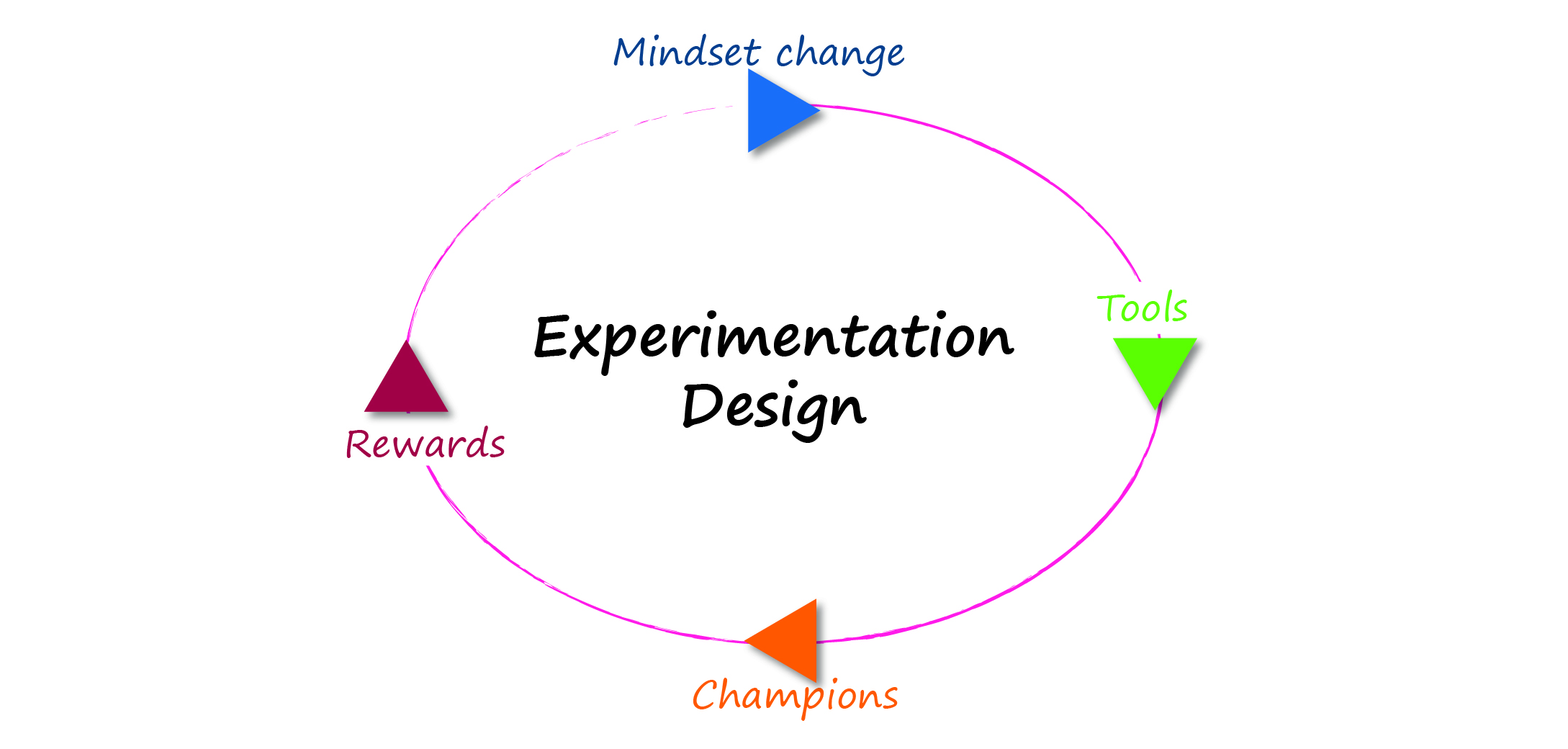
The experiment
We now understand that while there is a common acceptance and understanding of what we need to do conceptually, there needs to be a cultural change in how we value and express knowledge.
A structured way of integrating our work and sharing is necessary on what we are learning.
This approach means we need to have scalable solutions that simultaneously bring mindset change and change the way we work.
As we are collaborating with a UNDP-SIDA (Swedish International Development Cooperation Agency) project and the Communication Hub within our country office to prototype and experiment with a few tools to support integrated programming.
One component of the project is strengthening knowledge management within the country office, and the Communication Hub is leading on the development of a three-year roadmap to facilitate synergies, collaboration and partnerships among CO staff and external stakeholders.
Therefore, we are working jointly to design and experiment with scalable solutions to be integrated into the roadmap and become part of the integrated action plan.
In the experimentation will be looked at if :
- Access to a cross-portfolio and project knowledge will encourage staff to share knowledge. (With regards to shares objective and goals)
- Different engagement tools will help create synergy and improve staff collaboration.
- Agile platforms for capturing knowledge, documentation and sharing will allow staff to create and share learnings more frequently.
- Senior management’s leadership through examples will encourage staff to create and share knowledge.
The experiments will be looking at the short-term outcomes of whether joint initiatives take place, such as more interaction between staff and increased participation in networking platforms. In the medium term, we will be looking for knowledge products and access to knowledge within the country office. We will be holding the experimentation in the first half of 2022 and look forward to sharing our insights.

 Locations
Locations